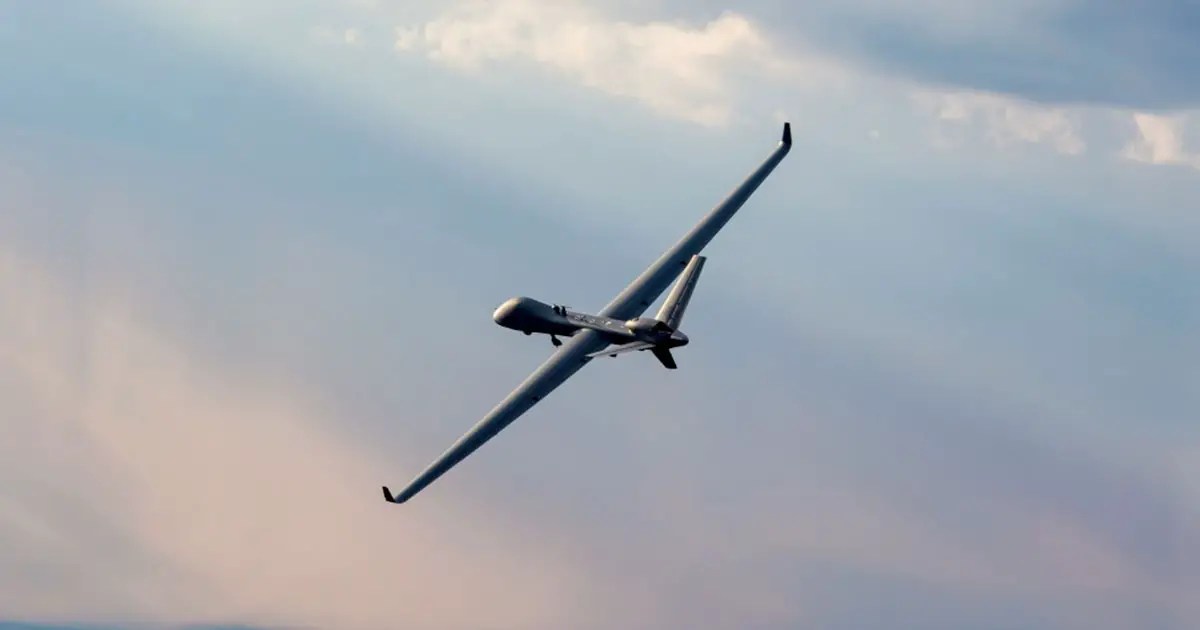The Government of Canada has signed a contract to purchase a fleet of MQ-9B SkyGuardian® Remotely Piloted Aircraft Systems (RPAS) from General Atomics Aeronautical Systems, Inc. (GA-ASI). The order includes the associated Certified Ground Control Stations and support equipment from GA-ASI. The first delivery is expected in 2028.The SkyGuardian RPAS is interoperable with Canada’s domestic missions and its continental defence missions through NORAD, as well as with Canada’s closest allies – including the Five Eyes Alliance (FVEY) and NATO – for seamless integration with current and future Canadian defence, civil air, and ground assets.“Canada’s vast territory and complex terrains, including in the Arctic, require a cost-effective multi-mission RPAS solution that can endure long periods on station, fly in harsh weather environments, and safely operate in all airspaces,” said Linden Blue, CEO of GA-ASI. “MQ-9B SkyGuardian delivers those critical capabilities. GA-ASI and Team SkyGuardian Canada are honored by this opportunity to become a key partner to Canada for the very long term in delivering these no-fail defence and security outcomes.”Team SkyGuardian Canada is a coalition of leading Canadian businesses – including CAE, MDA Ltd., and L3Harris Technologies – that are working with GA-ASI on MQ-9B development, delivery, and sustainment. Canada’s investments in the RPAS Project and Team SkyGuardian Canada are a direct reflection of Canada’s vested domestic interest in pursuing leading-edge RPAS technologies.GA-ASI has had a long, successful, and proud history with Canadian industry that continues to grow. Nearly every system that GA-ASI has delivered throughout its more than 30-year history has contained some level of Canadian content, including sensors, propulsion equipment, and training/simulation systems and services. CAE, MDA Ltd., L3Harris, and GA-ASI are committed to delivering the world’s premier RPAS capability to Canada while creating domestic economic benefits and work opportunities.MQ-9B is the next generation of RPAS, delivering exceptionally long endurance and range, with auto takeoff and landing under SATCOM-only control, and will be able to operate in unsegregated airspace using the GA-ASI developed Detect and Avoid system. First customer deliveries of MQ-9B began in 2022 to the U.K. Royal Air Force, and contracts have been signed with Belgium and the U.S. Air Force, in support of Special Operations Command. The Japan Coast Guard is currently operating the MQ-9B for maritime operations, which the Japan Maritime Self-Defense Force (JMSDF) also selected for its Medium-Altitude, Long-Endurance (MALE) RPAS Trial Operation Project. MQ-9B has additionally supported various U.S. Navy exercises this year, including Northern Edge, Integrated Battle Problem, and Group Sail.“We look forward to working with our Team SkyGuardian Canada partners to deliver our industry leading RPAS for Canada’s dynamic mission requirements. GA-ASI is the world leader in reliable, cost-efficient, and sustainable remotely piloted aircraft systems. These aircraft perform advanced interoperable and systems-of-systems operations for our valued customers around the world – all at a fraction of the carbon footprint impact as traditional manned systems performing similar missions,” added Blue.About GA-ASIGeneral Atomics Aeronautical Systems, Inc. (GA-ASI), an affiliate of General Atomics, is a leading designer and manufacturer of proven, reliable RPA systems, radars, and electro-optic and related mission systems, including the Predator® RPA series and the Lynx® Multi-mode Radar. With more than eight million flight hours, GA-ASI provides long-endurance, mission-capable aircraft with integrated sensor and data link systems required to deliver persistent situational awareness. The company also produces a variety of sensor control/image analysis software, offers pilot training and support services, and develops meta-material antennas.
Source link
The government of Canada Orders the MQ-9B SkyGuardian RPAS from GA-ASI – sUAS News – The Business of Drones

